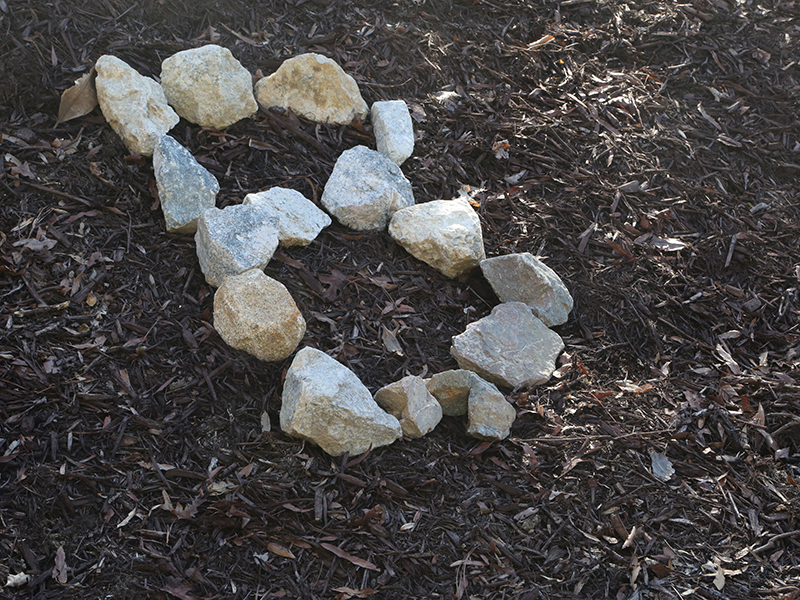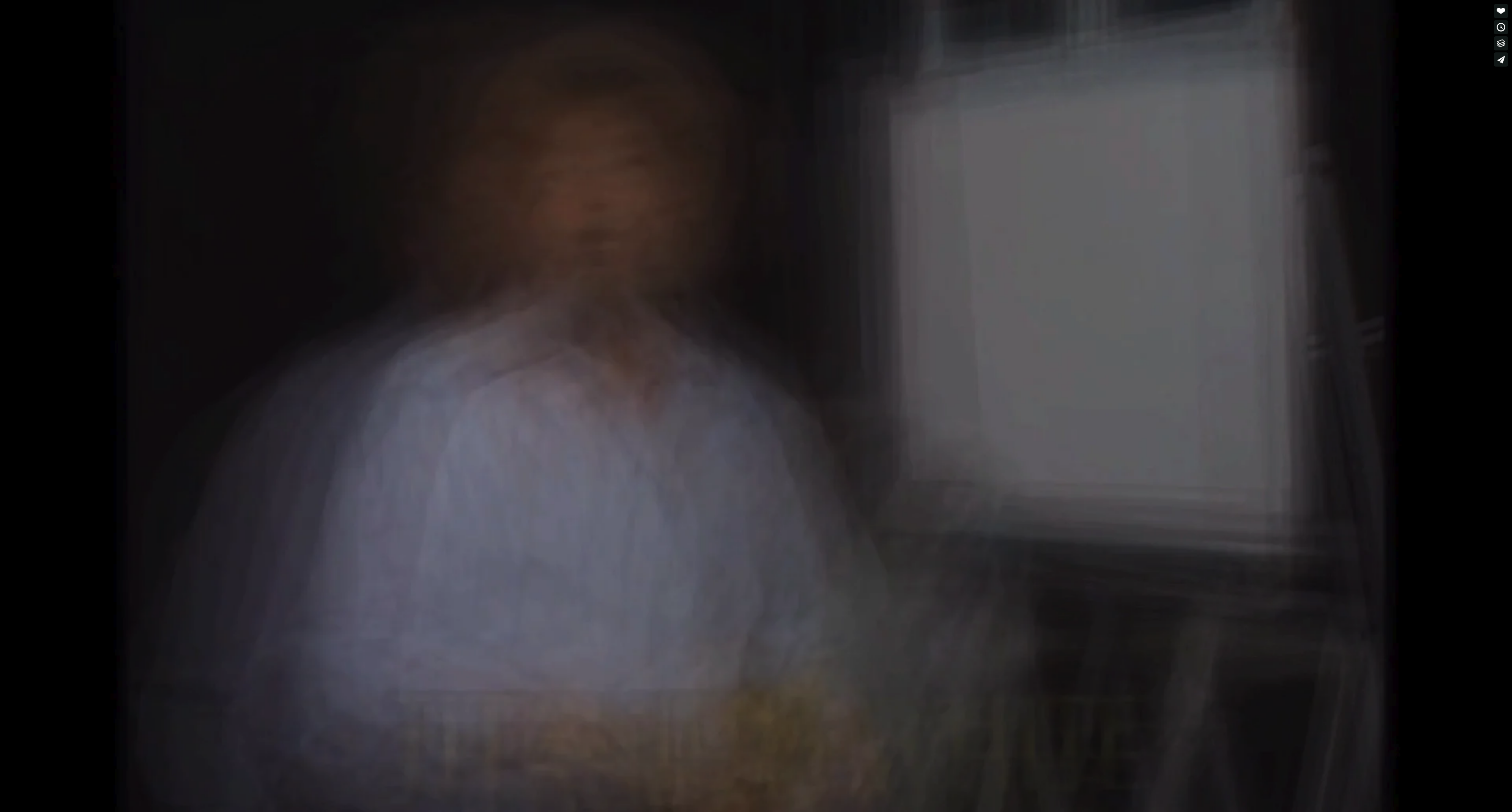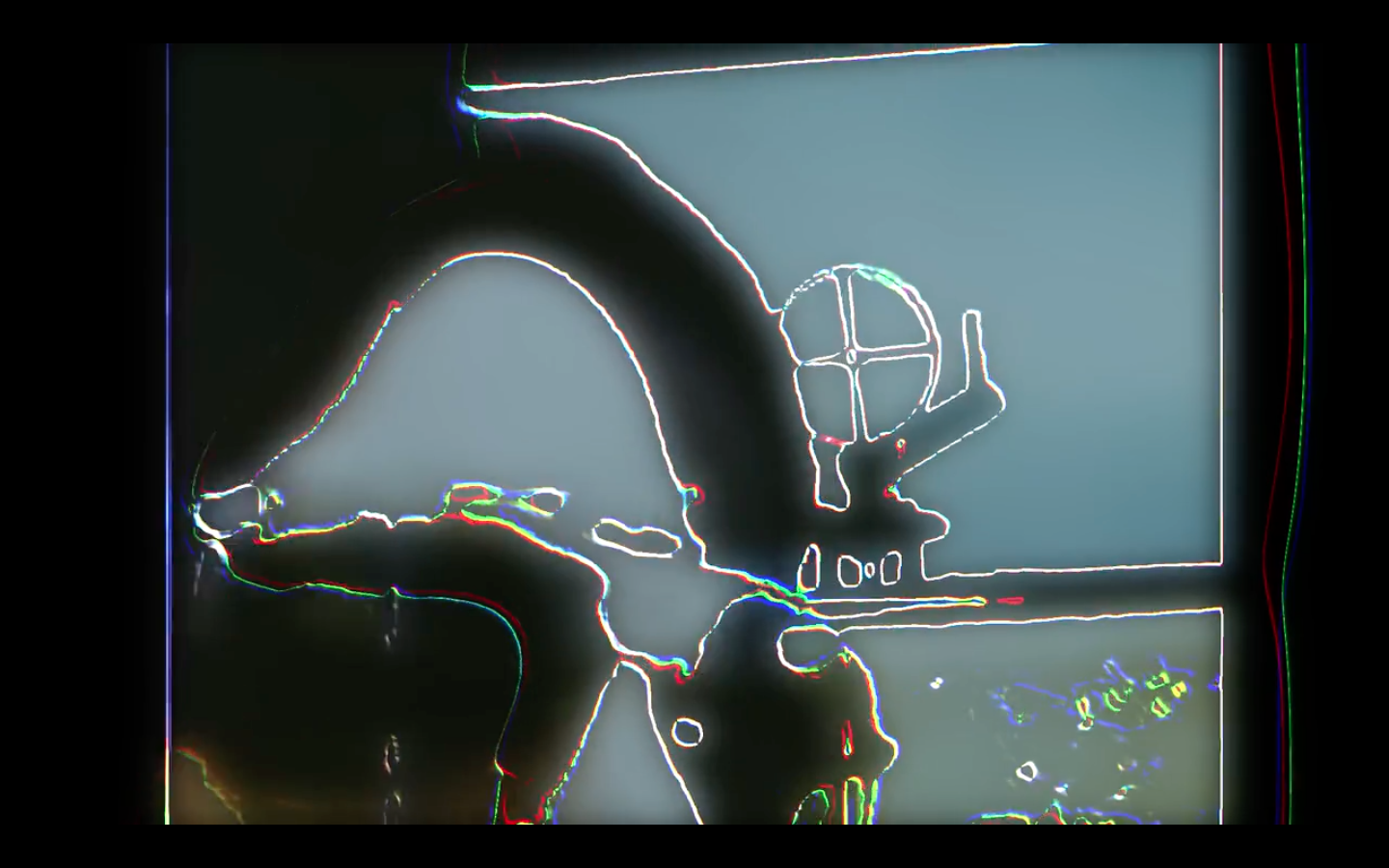Opening on a distorted desktop wallpaper of mountains, “Yosemite” (2021) is a performance: there is a feigned interaction between user and web, simulating cybernetic exchanges between the two. The outcome of this piece is inevitable. The flashing red bars at the top of the fiery pop-ups give the illusion of choice, but soon become so overwhelming that it’s impossible to close them all. The user loses control. This simulation is a metaphor of the 21st century reality that, try as we might to enact individual change, late-stage capitalism has eliminated the impact of individuals.
Kimberly Amadeo, in an article for The Balance, defines late stage capitalism as “the unrealistic perspectives of the wealthiest 1%” and “how the middle class is largely oblivious to the struggles of the poor.” For example, in 2018 when The Ellen Show had Bill Gates guess grocery store prices, we can see that wealth gaps have removed a sense of relativity between classes. We have seen billionaires establish their fortunes within our own lifetimes, and, in most cases, it is technology that has led to this new age of wealth.
There is a retro desktop aesthetic combined with the sleek, modern design of Apple operating systems in “Yosemite,” as well as deBoiblanc’s other netscapes, expanding the time frame of their relevance. In contrast to the relaxed, sans-serif font seen in Apple operating systems “Yosemite” uses thick, pixelated text. It is still easy to recognize the Apple aesthetic by the classic pre-installed ambiguous mountain range wallpaper and the simple design of pop-ups and folders. Through this, we can explore the change in creative software usage over time: operating systems are not as accessible as they once were. Gone are the days of hacking and manipulating. Instead, companies such as Apple streamline the user experience. Artists must invent their own internet experience in order to make a statement. Internet usage is a sort of oasis that can subvert our views of reality. deBoisblanc mindfully references the intersections of nature and the Internet: see her pieces “Yosemite” and “Mojave.”


These names reflect both natural wonders and Apple operating systems. There are one hundred million Macs in use today, and each one is automatically sanitized with curated backgrounds that seem to promise a crisis-free future, where there will never be pollution, climate change, or any natural disasters that will destroy these worlds. Hyper-realistic images of nature, even of undefined spaces, become familiar to viewers. We become unaccustomed with witnessing the natural world in flames.
Many consider the rise of technology a sustainable phenomenon. But, sustainability has moved far beyond the days of reducing, reusing, and recycling. As it turns out, technology, particularly in the art space, is a large source of energy wastage. We are entering the era of the NFT, where digital artists are given a new means of selling their work. In theory, we should celebrate this opportunity. It could potentially provide a new liberation for creatives. We could view this as a means of expansion: an entrance of internet art into the mainstream. But, ironically, Ethereum blockchains that host NFTs and cryptocurrency use “about 26.5 terawatt-hours of electricity a year… nearly as much energy used annually by the entire country of Ireland.” What might have been a fantastic means to open new spaces for digital artists has quickly become a new avenue to watch the rich get richer, and our world die slowly. Works like deBoisblanc’s are what we need to encourage the art space to consider responsible energy consumption, and encourage digital imagery that does the same.
Net art and environmental activism are currently at an interesting intersection. Two disciplines that once were harmonious are becoming mutually exclusive. We must ask where we can draw the line in allowing the internet to wash away our perceptions of reality. When studying pieces such as “Yosemite,” we must determine where we stand: as an artist, as a net user, and as an individual. deBoisblanc, in her body of work, is an artist that forces us to inspect our identities, and the way we consider nature in our net usage. She is making strides in the discussion of net imagery of nature. “Yosemite,” and her other works, are fantastic commentaries on the intersection between capitalism and net sustainability, a concept that we should continue to explore, and expect to see emerging in the art world.
:::

Kathleen Firment is a sophomore majoring in Visual Arts and English with a minor in Creative Writing. She enjoys exploring the intersection between kitsch and modern art, and is pursuing graphic design.



